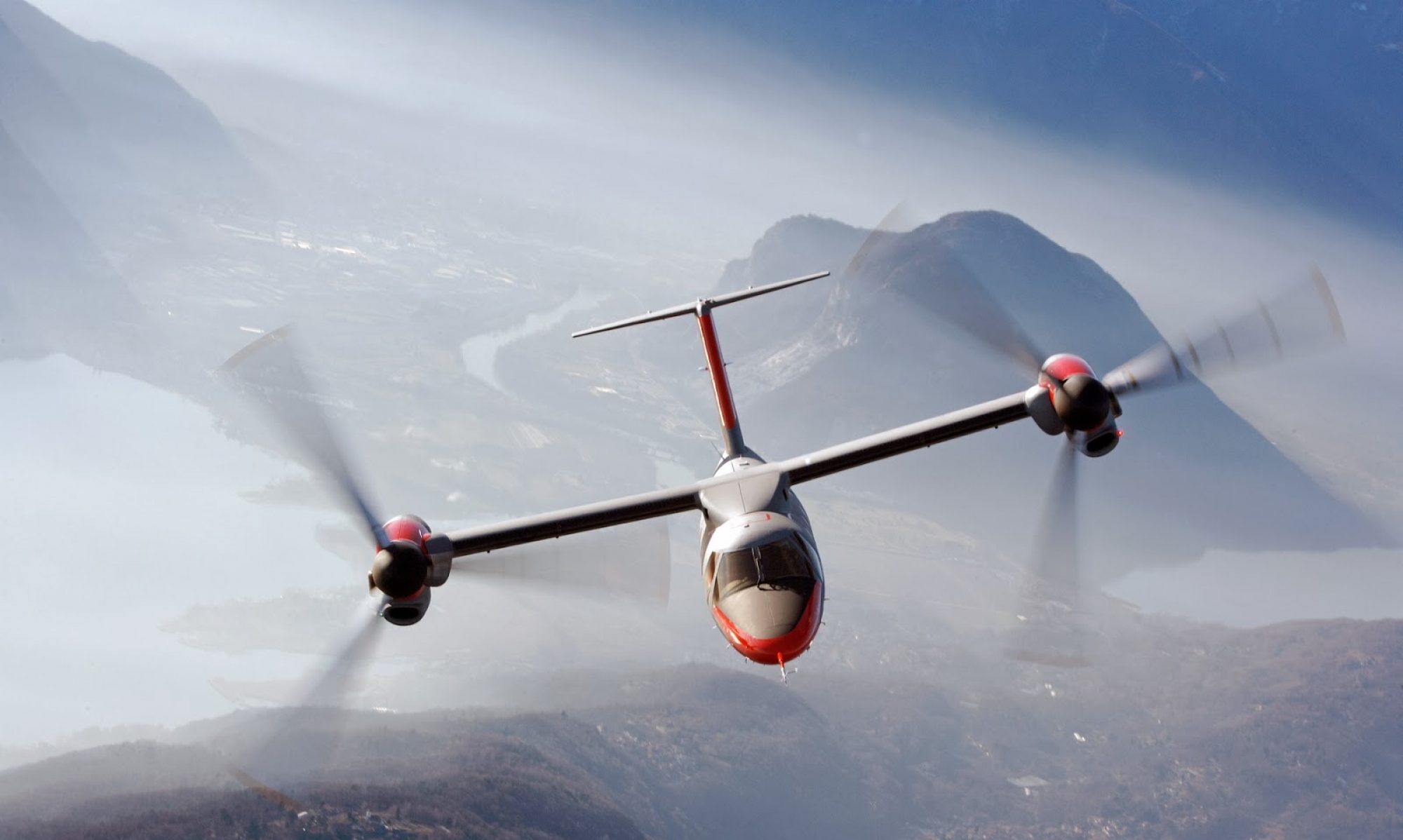These aircraft are ones that I have had little or nothing to do with, but I find them appealing for some reason. It’s kind of a short list at this point.
In no particular order:
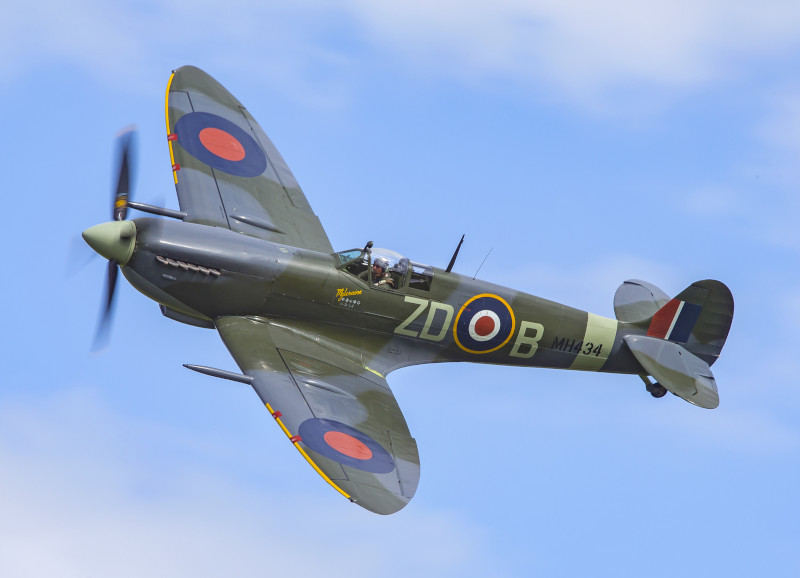
Supermarine Spitfire – R J Mitchell’s dedication to the basic principle of elliptical lift distribution, translated to an elliptical wing planform, was an example of purity of design that achieved an exceptional aircraft.
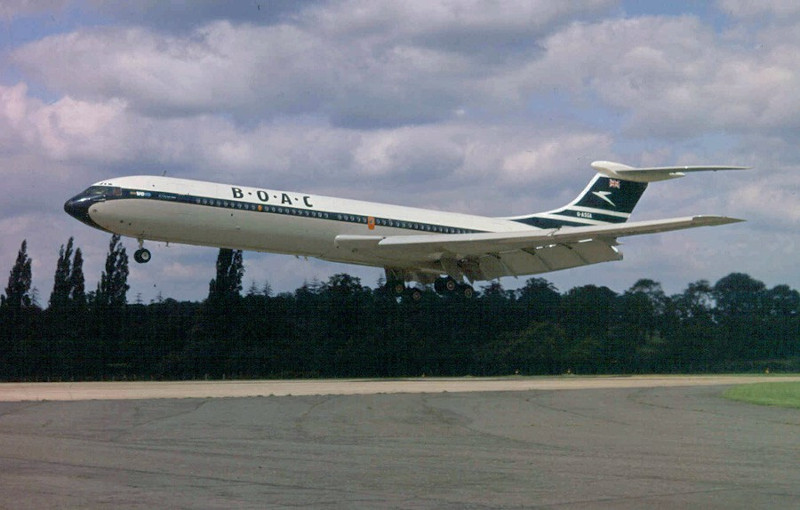
The Vickers VC-10. Whist the Boeing 707 is probably the first airplane I ever flew in, the other plane we used to fly on in my youth is, to my mind, a more elegant 4-engine aircraft than the 707, but it was introduced about 5 years later and never sold in the same quantities. Also, the requirements BOAC gave to Vickers for short-field performance at high-altitude airports in Africa made it more expensive.
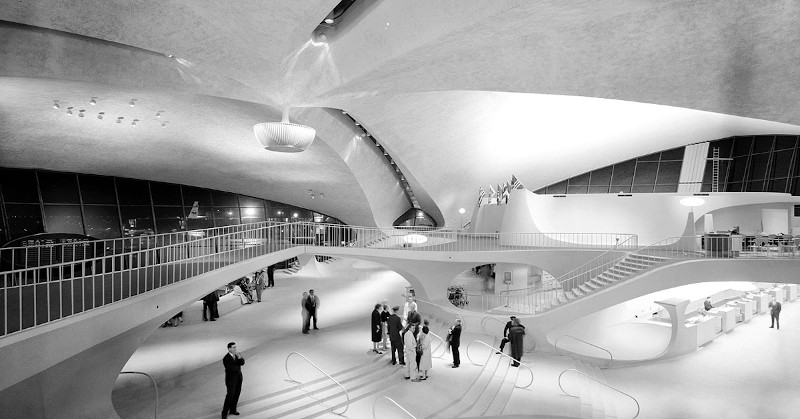
As a kid flying used to be very special – back in the day kids got wing pins and log books on these flights. I have clear memories of the TWA terminal at Idlewild airport that was designed by Eero Saarinen. Note that there is no security – you walked up to the ticket counter to get your tickets, and then up the steps to the waiting area where you played on the wide, swooping windowsill watching the airplanes until it was time to get on the plane.
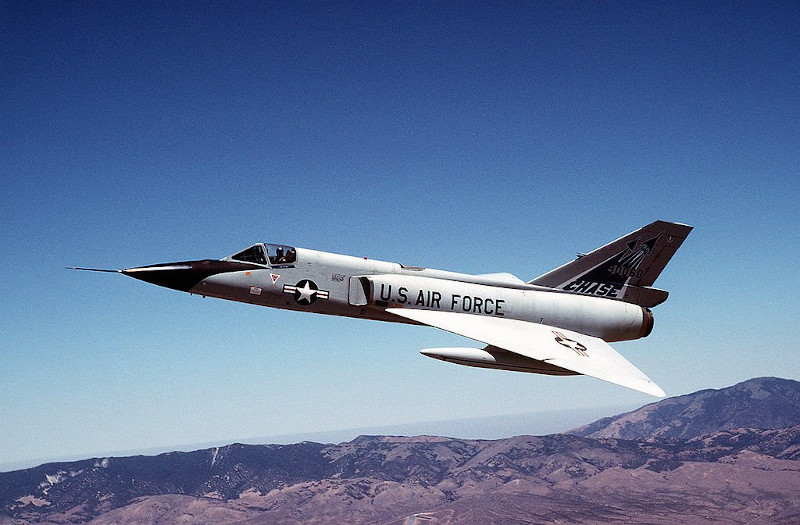
The Convair F-106 Delta Dart was a favorite of mine from the first time I saw it. The Mach 2 single-engine delta wing makes it the ultimate in purity of design. The closest thing to a paper airplane.
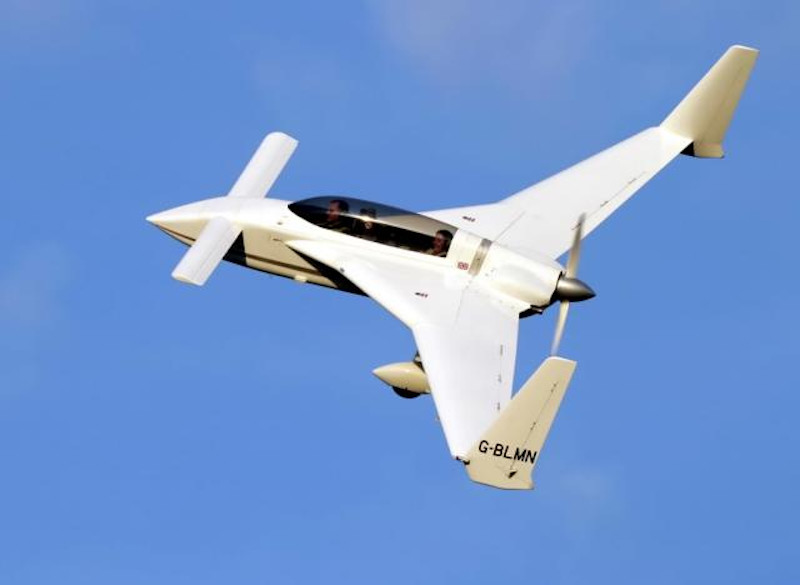
Rutan’s Long-Eze. What can I say? The many times Burt has screwed up are all made up for by this aircraft. In the late 1970s the light aircraft industry was struggling under the weight of liability for 20 years’ worth of aircraft that were still flying but supported by production rates that were a fraction of what they had been. Prices had to be pushed up to cover this, and more people turned to homebuilding to counter this, but the options were all a bit underwhelming. Then Burt Rutan came along with this, an all-composite airframe with a unique, stall-proof configuration that offered exceptional performance at a reasonable cost. It may have killed the light aircraft industry as we knew it, but it saved the light aircraft by providing an affordable alternative. After this the homebuilt became the kitbuilt, which became mainstream, which ultimately led to an entirely new certified light aircaft industry built on new design and manufacturing techniques.
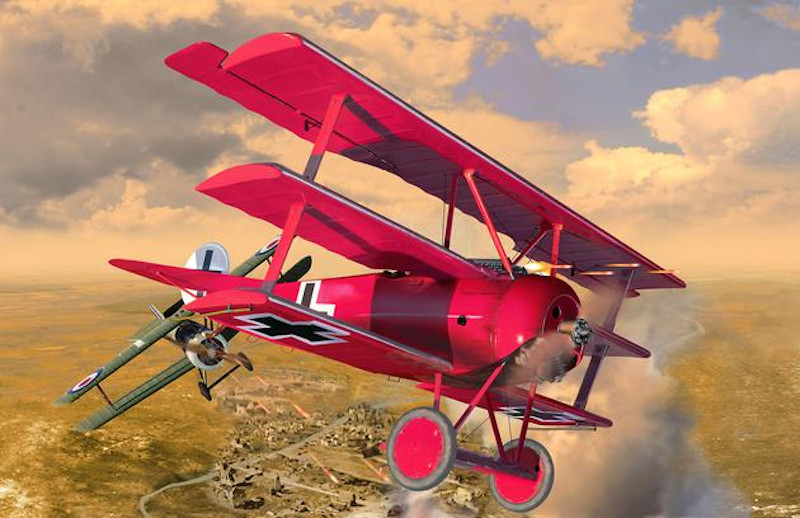
The Fokker DR.1 resulted from an understanding that aircraft design is a balance of conflicting requirements for a specific application. The triplane configuration is significantly less efficient as an airplane. But in a dogfight, the criteria for success do not include efficiency. It is about maneuverability, structural strength, and speed. The thing that is most startling when you see one is how incredibly tiny it is.
And speaking of tiny, Bill Lear’s vision of private jet travel – The LearJet 23. When it was in development it was roundly criticized by the rest of the industry because you couldn’t stand up in it. Lear’s response was “You can’t stand up in a Cadillac, either.”

Ultimately it proved to be enormously successful, no doubt helped by support from numerous celebrities. Here’s Frank giving Dino a lift in his…
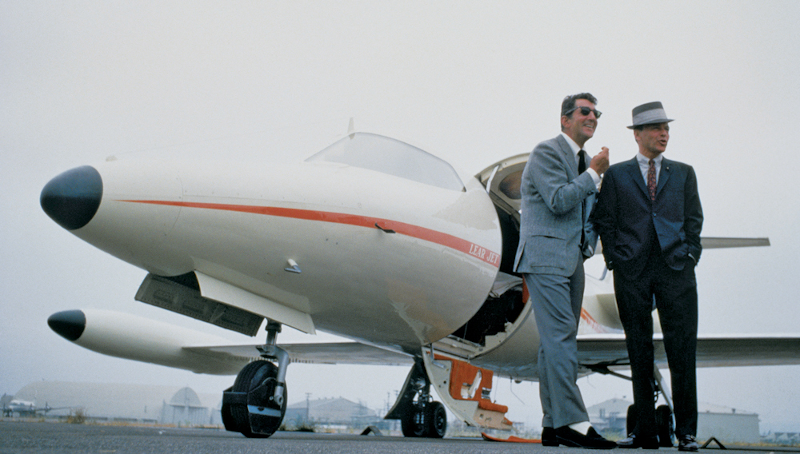
As I think of more aircraft I will add to this list.
